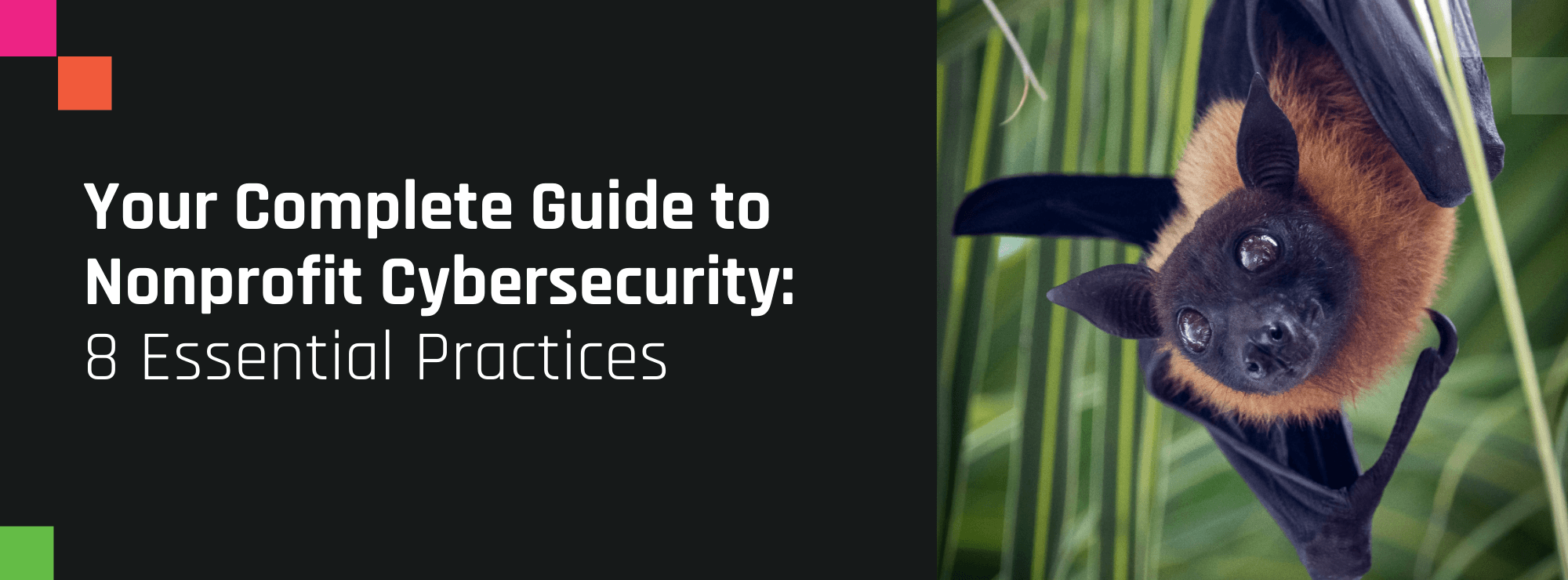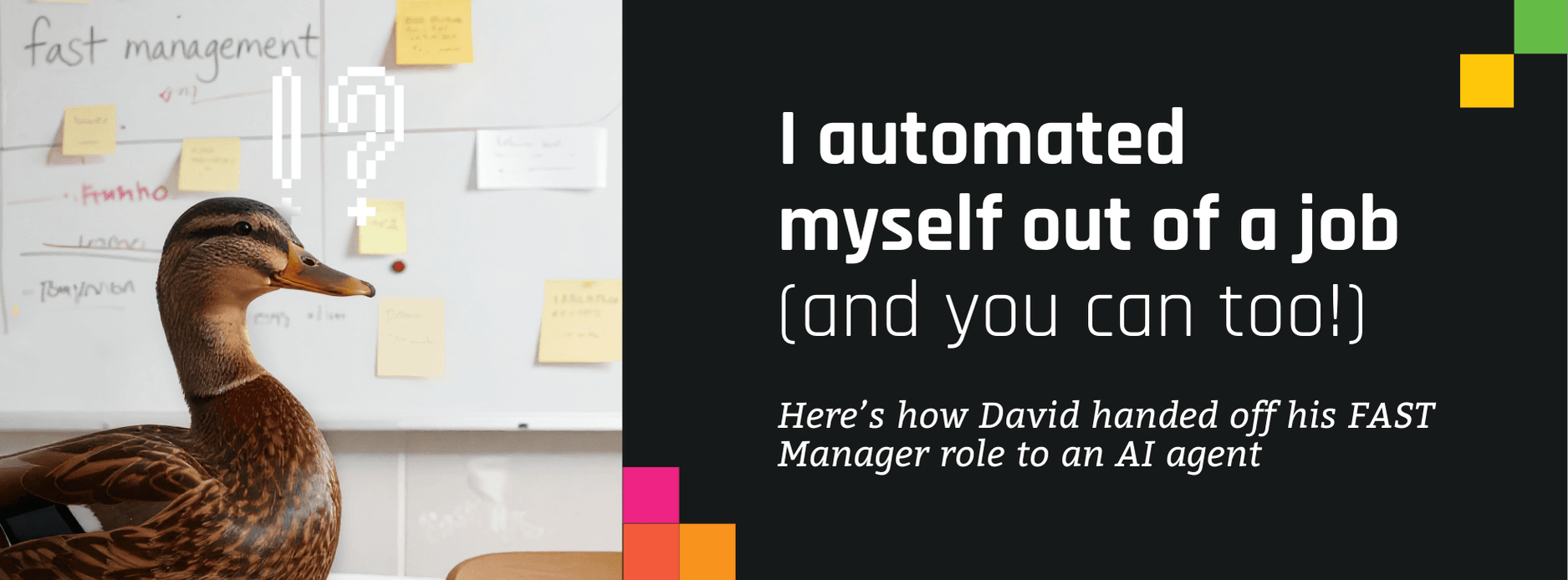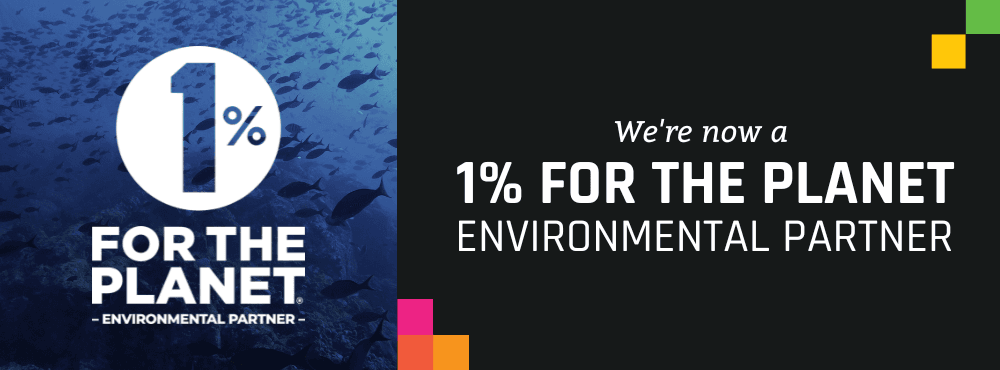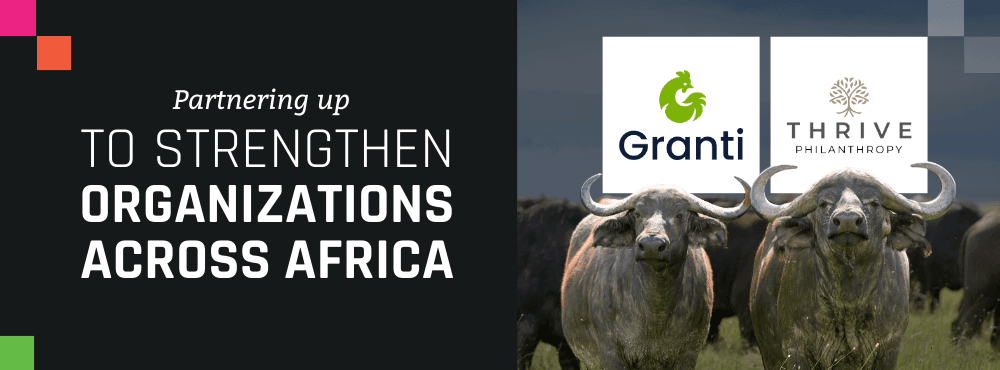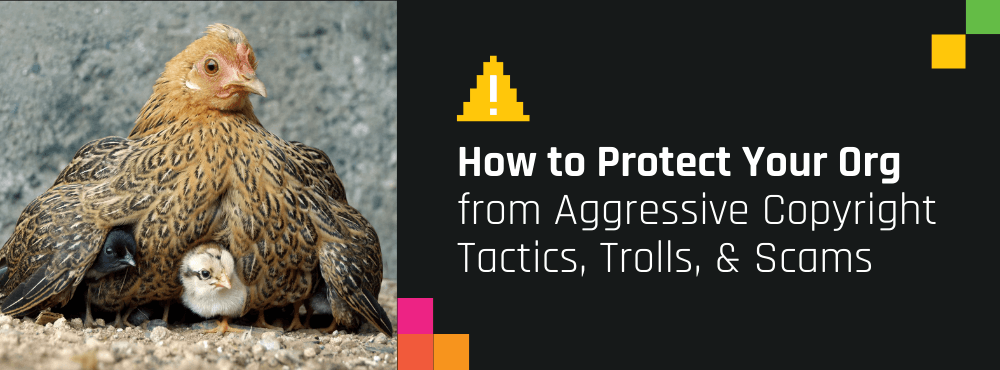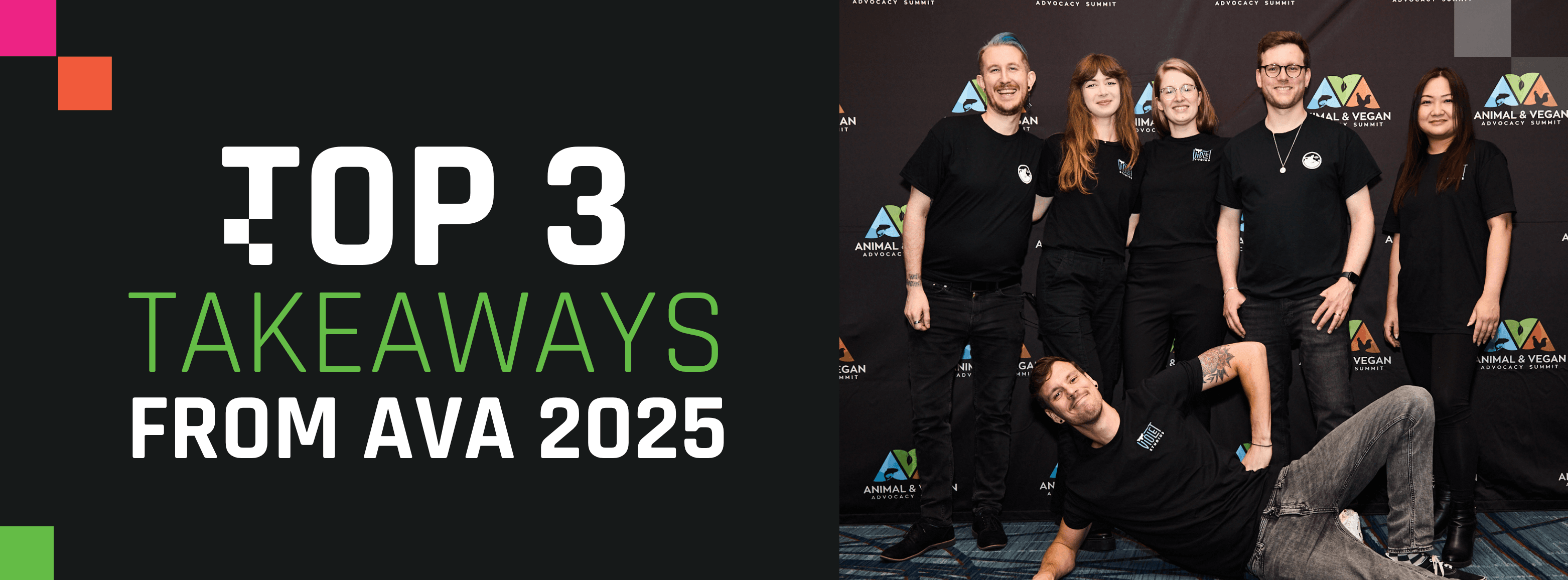
3 Things That Shifted Our Advocacy Mindset: AVA 2025
We recently got back from the Animal & Vegan Advocacy Summit (AVA) 2025 in L.A., and you know the drill – it's time to share our top takeaways so you can learn what we learned, even if you weren't there. Here are the three things that shifted our advocacy mindset this year.
1. Do an Echo Chamber Check
If your content feels like it's not receiving attention from the right people, it might be time to zoom out. One of the most memorable phrases we heard came from a social media session that called out "vegan porn" – content that makes us vegans feel great about ourselves, but alienates the very audiences we're trying to reach.
The session made it clear that for those seeking behavior change, the biggest opportunities come from stepping outside your usual circles. Robbie Lockie (Founder of The Freedom Food Alliance and Co-Founder of Plant Based News) and Naomi Hallum (CEO of Generation Vegan) drove this point home in their session about breaking echo chambers.
They emphasized a key insight: instead of only talking to people who already agree with you, try partnering with unlikely allies who care about related issues – even if they don't share all your values.
What this can look like in your work:
Question messaging that only resonates with those who’ve already made the change. Are you empathetic and helping people connect dots, or putting them on the defensive?
Speak their language, not yours. Describe the concrete experience animals go through instead of using abstract concepts like “sentience”
Tell stories that connect with their experiences – then let them shape their own narrative rather than forcing yours
Partner with adjacent movements – climate activists, social justice advocates, spiritual communities
"We can expand our reach and connect with adjacent causes where there's a lot of untapped potential – the vast spiritual community is a great example," says Luuly Truong, Violet Studios' Brand Designer & Strategist, reflecting on how this approach could open doors to communities we might not typically engage with.
![[Blog] AVA 2025 Us vs Them](/_next/image?url=https%3A%2F%2Fimages.ctfassets.net%2Fa0em3uo7cuue%2F3xLS0E7uF9B22x09biYVzh%2Fb2d931fa2d4cc1a29db6bb278fb65692%2FScreenshot_2025-07-07_at_15.23.52.png&w=3840&q=75)
The session drove home how we've been optimizing for the wrong metrics. Likes and reactions often reflect superficial engagement – people in our bubble giving digital high-fives. Meanwhile, we miss opportunities for actual behavior change because we're speaking to ourselves instead of our target audience.
2. Make It the Easy Choice
This became especially clear during the session on nudge design. Jennifer Channin (Executive Director of Better Food Foundation) and Björn Jóhann Ólafsson (Research Communicator) revealed that making plant-based meals the default option, as well as making them the most abundant choice, can be surprisingly effective and easy to implement.
![[Blog] Plant-based defaults in practice](/_next/image?url=https%3A%2F%2Fimages.ctfassets.net%2Fa0em3uo7cuue%2F1xk07EQNEamhrsga8MALYX%2Ff7711dbfe32766138679823c25543769%2FScreenshot_2025-07-07_at_15.26.57.png&w=3840&q=75)
The data seems compelling. One study found that when plant-based options increased from 25% to 75% of available choices, their popularity jumped from 12% to 48%. Better Food Foundation's own study with Sodexo in university dining halls saw even more dramatic results – plant-based uptake increased from 30.8% to 81.5% when defaults were implemented.
Why do such nudges work?
Because most people exist in the middle. They're not die-hard carnivores or passionate vegans – they just want convenience and follow social cues.
Although it’s worth noting that nudges work best with specific audiences. According to Björn, they're "most effective for people who are already reducing their meat consumption (flexitarians or reducetarians) or people who are already environmentally- or health-conscious."
![[Blog] Jennifer Channin / Nudge Theory](/_next/image?url=https%3A%2F%2Fimages.ctfassets.net%2Fa0em3uo7cuue%2F4nqQEYSiTt8hjNP4BcaphY%2F49636dacecb3769aad4fba8c5351531b%2FScreenshot_2025-07-07_at_15.27.54.png&w=3840&q=75)
Kate Rodman, Violet Studios’ Creative Director, captured our collective reaction perfectly: "I knew nudges and defaults were important, but I didn't know HOW effective they were. Makes total sense that while your average person doesn’t feel strongly about eating meat, they do feel strongly about convenience and social norms."
What this means for your advocacy:
Whether you're designing menus, websites, donation flows, or outreach systems, make the better choice the easier one.
Make plant-based options the default choice
Remove cost or friction wherever possible (easy signup processes, streamlined donation flows)
Make values-aligned choices the default rather than requiring people to opt-in
When you make plant-based the easy choice, you're working with human psychology instead of fighting against it.
![[Blog] Nudge Presenters](/_next/image?url=https%3A%2F%2Fimages.ctfassets.net%2Fa0em3uo7cuue%2F5ka5VOQkpsaSpoI9yIHWy2%2F15276dd3b23b62dac01d93793094f3c8%2FAVA_Summit_Logo__4_.jpg&w=3840&q=75)
3. Feel Free to Use AI – but Be Critical About It
AI dominated conversations at AVA. In several packed sessions, Kyle Behrend – Founder of AI Impact Hub – walked us through practical ways AI can support advocacy work. While these sessions offered practical looks at how AI can benefit our movement, our team raised concerns that seem to be disappearing from discussions.
![[Blog] Kyle Behrend, Founder of AI Impact Hub](/_next/image?url=https%3A%2F%2Fimages.ctfassets.net%2Fa0em3uo7cuue%2F7HYt9GNprFqdETqCwZuvgS%2F9859e94c5790481d44ea3f862051af4a%2FAVA_Summit_Logo__14_.jpg&w=3840&q=75)
"I was surprised by the overwhelming positivity," Thomas van den Heuvel, Violet’s Motion Designer & Illustrator, noted. "In a movement based in ethics, there was barely any discussion about long-term ethical implications of unbridled AI use."
One panel, "Strategic Perspectives on the Potentials and Pitfalls of AI," led by speakers karol orzechowski (Faunalytics), Laura Driscoll (Stray Dog Institute), and Katherine Baxter (Alliance for Human Animal Coexistence), raised important concerns:
The benefits are real. AI provides massive value to small nonprofits with small budgets, especially for time-consuming tasks that free up advocates to focus on higher-impact work.
But the risks matter. Overreliance on AI for research and content generation might lead to skill erosion and loss of talented people from our movement. Higher, faster output isn't automatically better. Are we losing human intelligence and creativity by outsourcing our thinking?
![[Blog] Panel "Strategic Perspectives on the Potentials and Pitfalls of AI"](/_next/image?url=https%3A%2F%2Fimages.ctfassets.net%2Fa0em3uo7cuue%2F3JYDHE61WwHuNe4URowkbg%2Faca9f5d730ca13650785a6431a6efa7f%2FAVA_Summit_1950_Logo.jpg&w=3840&q=75)
The question isn't whether to use AI – it's how to use it responsibly.
What responsible AI adoption looks like:
Establish clear boundaries. Create specific guidelines such as "AI outputs serve as first drafts only," "all AI-generated facts require verification," and "never share confidential donor or campaign information with AI tools."
Leverage AI for routine tasks. Automate meeting notes, data organization, and initial research while reserving human judgment for strategic and creative decisions.
Build in human checkpoints. Designate specific checkpoints where team members evaluate AI outputs before they reach external audiences, especially for statistics, scientific claims, or legal advice.
Exercise your creative muscles regularly. Set aside time to tackle complex and creative problems without AI, helping you maintain independent thinking skills and avoid being limited to AI's conventional approaches.
We understand that in the context of our movement's fairly slow adoption of AI, we just want to get everyone onboard – and it's true. Our movement is not progressing with AI as fast as it could be – but regardless of the situation, we need to stay critical when we use these tools and not succumb to the appeal of delegating all of our cognitive and creative thinking to AI.
What Got Us Excited
Beyond the formal sessions, here's what energized our team:
People love and appreciate capacity-building!
“Being a representative of both AVA and VH at the same time gave me a unique perspective: it's clear that people might not always know what "capacity building" means, but they LOVE capacity builders nonetheless,” says Michael Webermann, our Strategic Initiatives Lead who serves on AVA International's Board of Directors. "Most animal advocates understand how under-resourced our movement is, and they really respect and appreciate that there are people and organizations dedicated to helping them be their best selves and do their best work for animals."
Violet Studios is gaining rapid recognition 💜
Our sister org Violet Studios was surprisingly well known – even though the Violet brand itself is only 1.5 years old, its reach and reputation continues to grow, even beyond clients and supporters. Violet even got unexpected shoutouts during talks – including sessions where Violet team members weren’t present.
Face-to-face connection strengthens our isolated community
"Meeting fellow activists, clients, and coworkers in real life was invaluable,” says Thomas. “Life is becoming increasingly online, and vegans are already a small group – professional animal advocates even smaller. Being part of a fairly isolated community makes face-to-face meetings incredibly valuable for strengthening our movement and helping us feel less alone in this uphill battle."
Our movement is beyond inspiring
"It was inspiring to hear about new projects taking shape across the movement, especially those led by organizations in Latin America (LATAM) and by Black, Indigenous, and People of the Global Majority (BIPGM) communities”, shared James Morgan, VH’s Executive Director. “The energy and innovation coming from these communities are powerful signs of what's ahead."
![[Blog] VH/Violet Team Photo 2025 AVA](/_next/image?url=https%3A%2F%2Fimages.ctfassets.net%2Fa0em3uo7cuue%2FN9CYPXeAPGzsoZc7JnrMt%2Fddcdcf8f12d3b7af2fc0a7470393b275%2FIMG_7005.jpeg&w=3840&q=75)
The Bottom Line
First, break out of your echo chamber to understand who you're really trying to reach. Then, design for the middle by making better choices easier. Throughout it all, if you use tools like AI, do it mindfully to amplify your work without losing your humanity.
Our biggest impact comes from meeting people where they are – not where we wish they were.
Want to dive deeper into these insights? Follow the brilliant folks who shared them:

Gabrielė is the voice behind the content at Vegan Hacktivists and Violet Studios. In addition to creating content for the two sister organizations, she helps other animal advocates craft impactful messaging to drive change for animals around the world. In her spare time, Gabrielė is either learning to DJ, hitting the gym, or perfecting her matcha latte technique.

Gabrielė is the voice behind the content at Vegan Hacktivists and Violet Studios. In addition to creating content for the two sister organizations, she helps other animal advocates craft impactful messaging to drive change for animals around the world. In her spare time, Gabrielė is either learning to DJ, hitting the gym, or perfecting her matcha latte technique.
